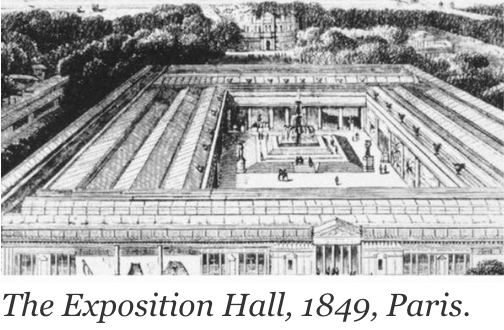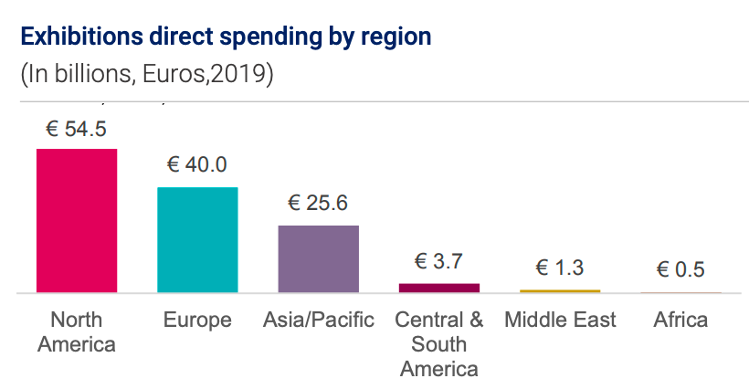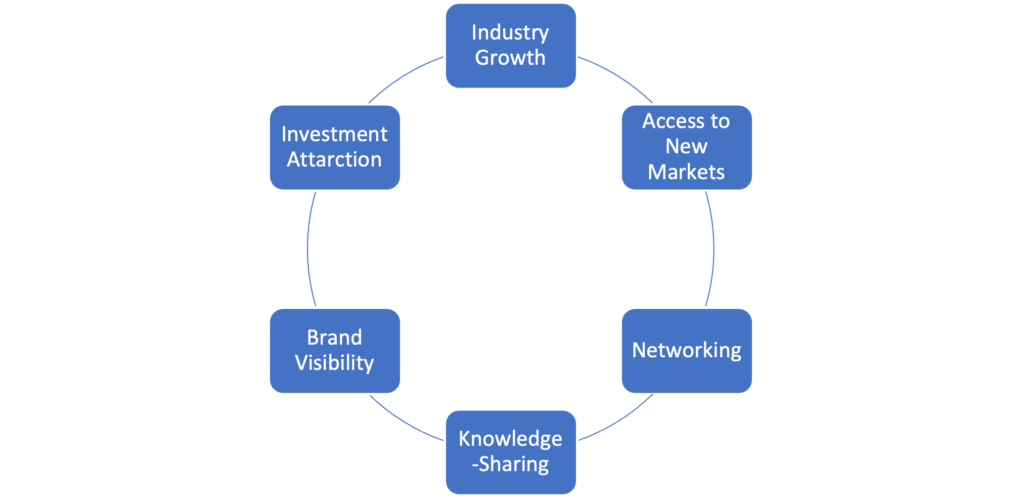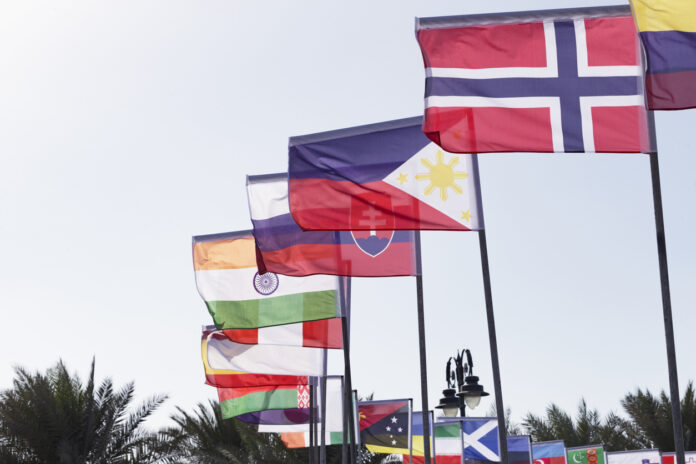To understand the impact of trade fairs on the global economy, let’s understand a bit about their history. The trade fair has survived for the same reason humans continue to survive: Evolution. They have evolved and changed shape, but at the core they do what they always have been doing, bringing buyers and sellers together. For centuries they have been building nations, boosting businesses.
Trade fairs go back as far as 3000 BC. They first took the avatar of bazaars in the Middle East and became an important pitstop at major trading routes. It was in the 17th century, which also coincided with the industrial revolution, that trade fairs started gaining national priority as a way to display a nation’s economic and technological prowess.

Trade fairs’ rich history and contribution to economic growth is well-documented. But their role in fostering innovation, job creation, and cultural exchange is mostly overlooked. They are not just marketplaces to promote trade but are important platforms driving humanity forward.
Nations taking trade fairs seriously – building infrastructure, constructing venues, incentivising business tourism – have fared well economically and socially. Businesses, especially micro, small and medium enterprises, benefit the most.
Numbers Matter
Now, there are important lessons that can be drawn for advancing nations like India. Most advanced nations have successfully embraced trade fairs to build new industries and promote local enterprises. Before getting into how nations and businesses can harness the power of trade fairs, let’s look at their global impact.
Trade fairs directly added $82 billion to the global GDP and generated 1.4 million jobs, according to a recent report from UFI. While its induced impact – hotels, taxis, restaurants, retail – indirectly adds much larger value to the global economy. Most times it’s difficult to quantify, but trade fairs and conferences work as a catalyst to attract talent, innovation, and capital to host nations and cities.
These numbers don’t surprise most trade fair organisers, though it’s not unusual for some countries to underestimate the importance of trade fairs even though there is sufficient evidence to guage their contribution to building industries, driving innovation, and turbocharging economies.
ALSO READ: Innovate or Perish
So, if we look at the top regions for the trade fair industry, it’s North America followed by Europe. So, it’s no coincidence, both regions enjoy one of the highest GDPs per capita around the world.
Germany was able to successfully rebuild its entire economy after WW2 and embedded into the global economy through trade fairs.

Trade Fairs: Stairway to Economic Success
It’s time for advancing nations, especially India, to fully embrace trade fairs. Indian enterprises and entrepreneurs are entrusted to lead the nation towards a $5 trillion economy. It’s not just a number; rather an attempt to create opportunities – jobs, businesses, welfare – for over 1.4 billion Indian people. As economic multipliers trade fairs are one of the most credible platforms to facilitate commerce and communication.
TRADE FAIR BENEFITS

Access to New Markets: Trade fairs are the most efficient medium to enter new markets, locally and globally, providing the safest way to check product-market fit. It’s hard to imagine doing it in any other way, with minimum investment
Networking: Opportunities presented at the event floor to meet people face-to-face are invaluable and irreplicable. There are so many business success stories, where all it took was a random interaction with a random visitor at the event. And voila! Rest is history.
Knowledge-Sharing: It’s not just about trade, trade fairs are also about interactions. And during these interactions, industry people share with others about their business, technology, and innovation. Giving people a chance to learn new things and gain fresh insights.
Brand Visibility: Small businesses – mostly – with limited budgets get a chance to stretch their dollar to gain visibility and awareness in a crowded market. Remember, if you’re not a brand, then you’re just a commodity.
Investment Attraction: Trade fairs work as magnets to attract investors where businesses and startups can pitch their ideas, give demos, and crack deals in a neutral setting. It’s not often highlighted, but a lot of investment professionals attend trade fairs to get a pulse of the industry.
Industry Growth: In a way, bringing the entire industry value chain together, trade fairs help in charting industries’ growth. They also sometimes become institutions to honour pioneers and leaders of the industry, providing recognition and motivation needed to drive the change.
Bringing It All Together
It’s time Indian businesses – across the board – include trade fairs into their marketing mix. For those who already do, I believe they should start openly sharing more about it for the benefit of the entire industry. Nation-building is a collective task.
To press ahead with economic and social development, Indian enterprises and startups must capitalise on trade fairs as tools to build and scale their businesses. By attending these events, Indian businesses can tap into new markets, forge new partnerships, stay up to date with the latest industry trends, and secure the funding needed to reach new heights.
With India’s goal of becoming a $5 trillion economy, it is crucial that businesses prioritise attending these events to contribute to creating new jobs, kickstarting industries and improving the lives of people across the country. By doing so, they can help to position India as a leading destination for investment and innovation, as wells as realise the vision of a prosperous and thriving economy.


